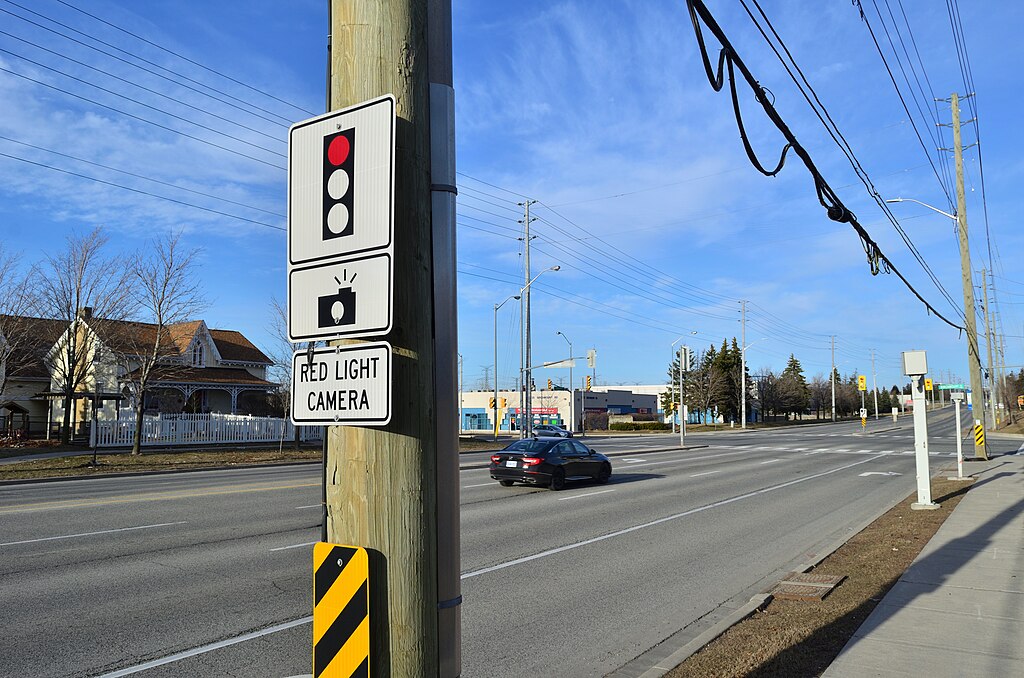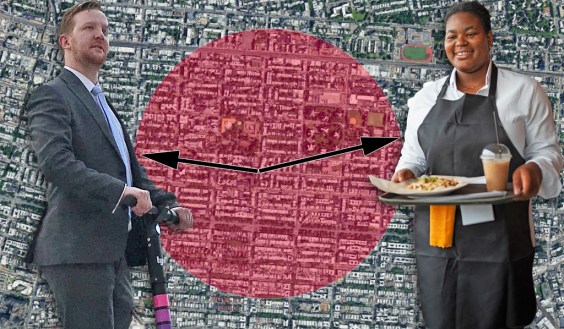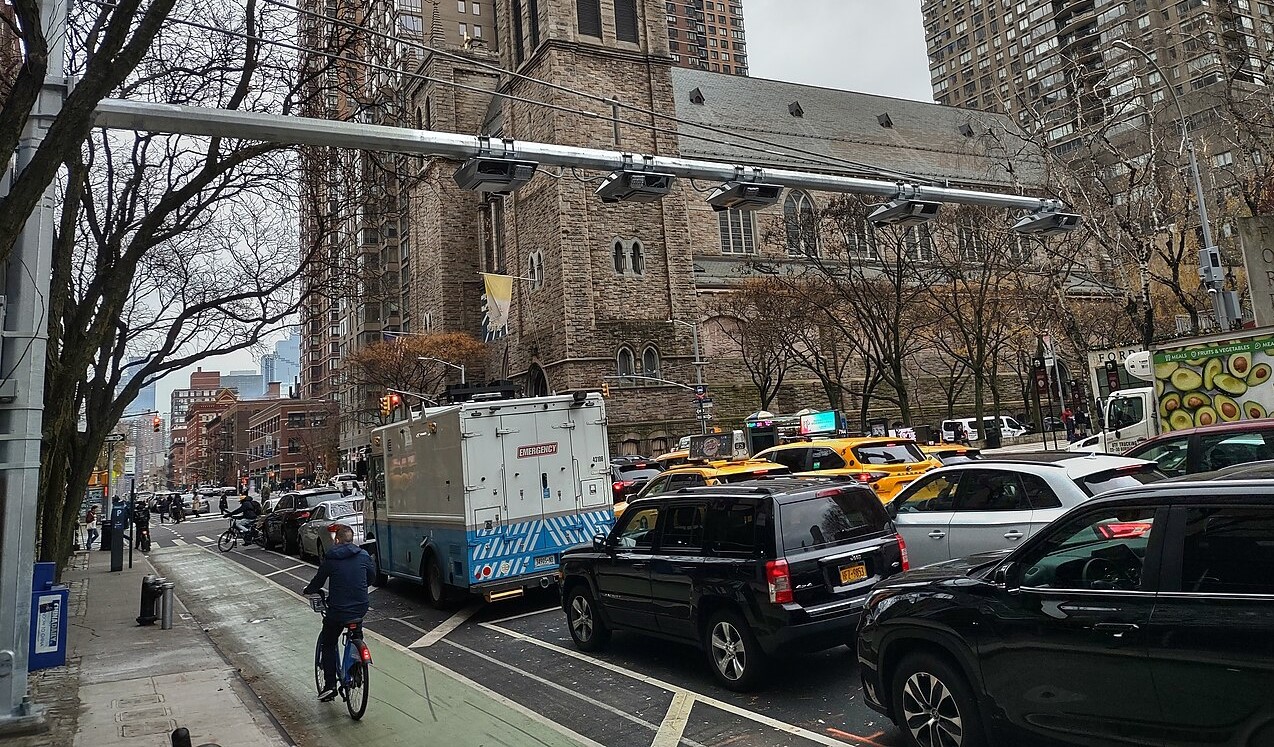There is an intersection near my house with a traffic light. When the light turns green and the pedestrian timer starts, I don’t cross. I pause first and wait.
I'm not alone. The street is next to an elementary school, and during school hours, even the crossing guards pause before guiding kids across. The reason is simple: more often than not, a driver will run the red light. We know how dangerous the street can be, how few drivers can stand to wait a few moments to follow the traffic laws. We remember the mother who was killed by a reckless driver while walking her child to school on that very street some months ago.
In the last few years, streets across America have become much more dangerous. Every day, 20 people walking outside are killed by drivers.
There is a simple and effective tool to reduce red light running: a camera. When drivers know they will get caught breaking the law — and with a camera the chance of getting caught should be close to certain — they are much less likely to run the red a second time. The reverse is also true: when cameras are turned off, drivers start running reds again. One study found that red light violations rose by 400 percent a couple months after the camera program ended.
They don’t prevent every crash, but they do prevent the worst kind of crash. When cameras are installed, drivers who would otherwise run a red light and collide head-on with pedestrians, or broadside other vehicles, might instead come to an abrupt stop and cause a rear-end crash. But those crashes, too, will go down with time as drivers learn to follow the law. And more importantly, a head-on collision is far more deadly than a rear-end one. Red light cameras, when properly enforced, are proven to reduce deadly crashes.
When I contacted my city councilor’s office about getting a camera, the staffer encouraged me to get all my neighbors to file a report. The more people that filed a report, the more likely the city would consider doing something about the problem, she said. It seems odd that the onus of traffic policy should fall on residents, rather than the policymakers and city agencies whose job it should be to prevent more traffic crashes. Nonetheless, I filed a 311 report and asked for a red light camera.
You can imagine my surprise when the city’s Department of Transportation responded to my request with the following message, which wasn't even grammatically correct: “There are no red light camera available at present [sic] time.”
So where are the cameras? What is holding Los Angeles, and so many other cities back from putting in cameras?
Some states severely restrict how you can use cameras, or even ban them entirely. But in California, red light cameras are legal. Even other cities in Los Angeles county, like Beverly Hills and West Hollywood, already use them — while the city of L.A. doesn't, despite being home to some of the county's most dangerous intersections.
We used to have red light cameras, which were proven to reduce red-light running. The program, which ran between 2006 and 2011, was unsurprisingly unpopular. Fines were high, and the cameras were much less effective than they could have been since drivers and courts ignored the citations. California law requires red light camera enforcement officers to identify not just the vehicle license plate, but the driver’s face as well. You can imagine the creative arguments from drivers claiming that the photograph was of someone else.
In the end, the City Council shut down red light cameras with a decisive 13-0 vote. If the L.A. Superior Court wasn’t going to pursue criminal charges against speeders who ignored a red light ticket or skipped court, why should the City Council continue the program?
Many of the problems with automated enforcement cameras, though, are eminently solvable. Los Angeles could make the first violation free and then implement a graduated system for fines, so the more red lights you run, the more you pay. After all, the certainty of getting caught matters more than the severity of the punishment.
Sure, a cynical driver might suppose that the purpose of a red light camera is to generate revenue. But the cynical — and perhaps sensible — pedestrian will happily take a camera that at least catches the criminal over the status quo of no enforcement at all. The city could use the revenue to put in additional safety measures to beautify the streets and slow drivers, like adding trees to street medians. Or it could invest it in alternatives to driving, like bike lanes and bus rapid transit.
Or they could burn all the revenue. All I want is a safer street for our kids to cross. Adding a camera shouldn’t be too much to ask.






